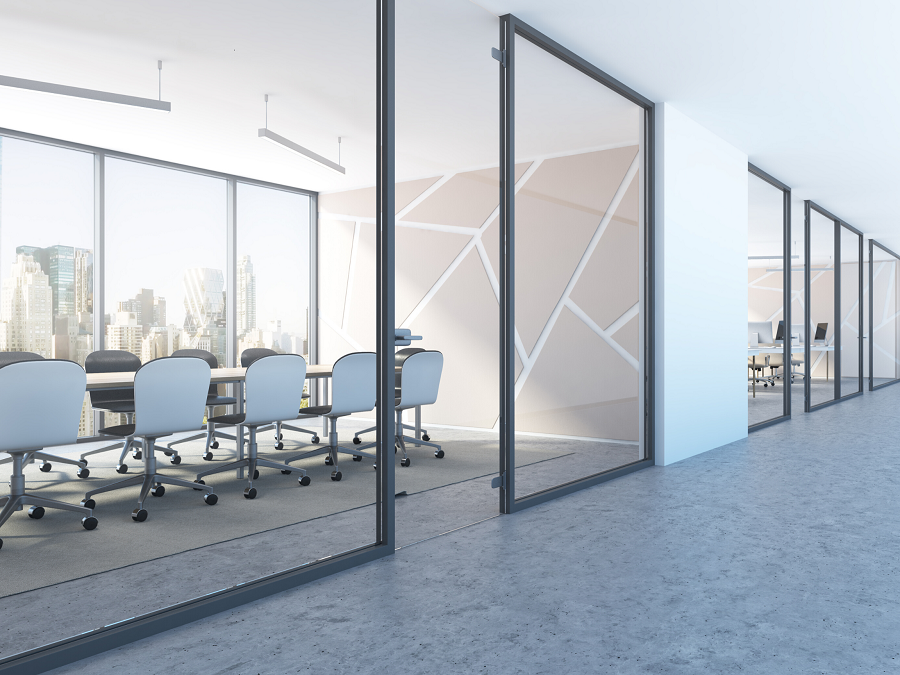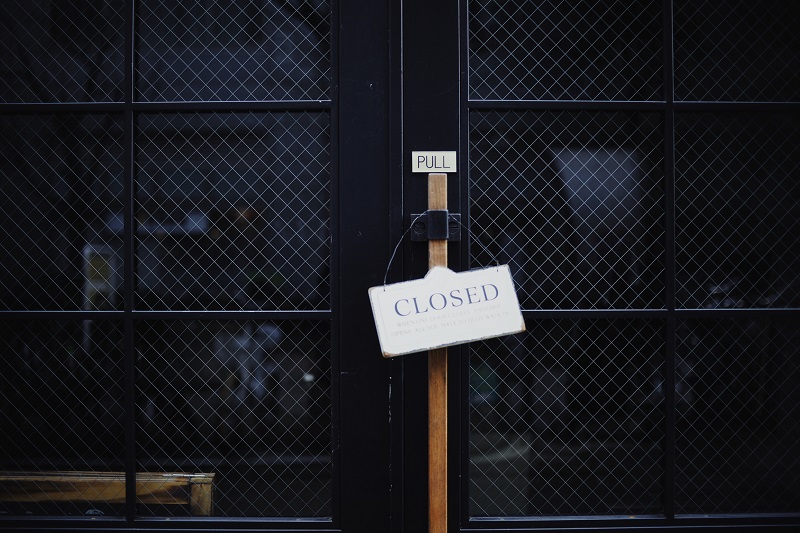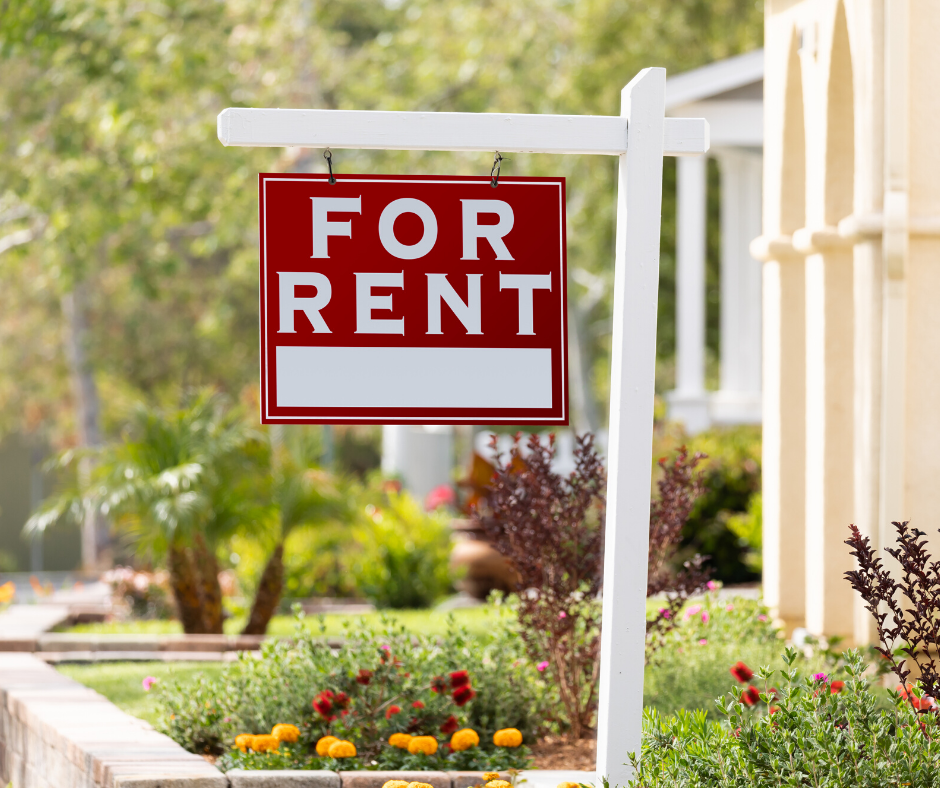In Part I of the “Top 10 Issues Affecting Real Estate” we covered topics 1-5 of the top issues we expect to have a lasting and immediate impact on real estate here in Central Pennsylvania and across the United States. If you missed it, start here!
Keep reading if you’re ready to dive deeper into issues #6-10 as we continue down the list of the most pertinent topics to real estate as they apply to various sectors.
#6 Housing Supply and Affordability
Decades of underinvestment and underbuilding have created a shortage of housing in America that is more dire than previously expected and will require a concerted, long-term nationwide commitment to overcome. As it stands, there are three things that most can agree on in the current housing market: 1) there is a tremendous need for affordable housing; 2) there continues to be a sentiment of a “Not in My Back Yard” mentality; and 3) there’s an ongoing supply deficit of market-rate housing.
A severe lack of new construction and prolonged underinvestment has led to an acute shortage of available housing to the detriment of the economy and certain segments of the public. This trend affects every region of the country, creating an “underbuilding gap” of 5.5 to 6.8 million housing units since 2001.
#7 Political Polarization
Simply put, we are squandering resources as we try to address problems that arise from the partisan divide, rather than problems confronting us as common issues. This hinders our productivity and therefore the nation’s economic strength. And the real estate industry’s well-being is a function of our economic growth. The economy and the real estate industry would be far healthier, as would American society, if the pattern of party-line voting in the halls of Congress could be transcended in favor of something very traditional: the defining of politics as the art of compromise.
#8 Economic Structural Change
What we’re seeing is many investors increasing their focus on property management aimed at retaining tenants and defending cash flow, while selectively seeking ‘value-add’ properties amenable to active asset management. The thinking is “focus on what you can control” during this period where macro-level uncertainty is the governing headwind at the policy level in terms of the structural problems in this economy. This is a significant economic structural change. Additionally, Cap rates ranging, on average, from 5% for apartments to 6.6% for offices are keeping pricing rich compared with the risk inherent in that underwriting uncertainty.
#9 Adaptive Reuse Reinvented
Adaptive reuse is not a new terminology but since COVID-19 it’s evolved into a re-examination of our suburban communities to reposition them for transformation before the opportunity for change passes them over. The trend we see now, and one that stands to have a large impact on commercial real estate is addressing the challenge of what to do with hundreds of defunct suburban malls and thousands of empty Big-Box retail stores that are surrounded by desirable and affordable neighborhoods. This makes it to the Top #10 list for four main reasons:
- Reconnecting our communities from what the Interstate Highway system divided from the 1950s to the 1980s
- Preventing blight that developed in our dense urban cities from flowing to the suburbs and secondary MSAs
- Restoring much-needed greenspace to our neighborhoods and cities that can germinate interaction of diverse demographic groups
- Promoting good ESG and diversity, equity, and inclusion policies
#10 Bifurcation of Capital Markets
Looking back over the last year and a half, what becomes clear is how different the market-changing event of COVID-19 was compared to prior market corrections. While transaction volume is slowly recovering, it’s still well below pre-COVID levels. Furthermore, the market has not seen the volume of expected distress sales, but there is plenty of capital ready to deploy! As we look to the remainder of 2021 and into 2022, performance will dictate the amount of distress and losses, and risk management should dictate markets, property types, leverage, loan structure, and pricing for mortgage debt. The next year should also tell us if commercial real estate debt was too rich and whether perceived risk underestimated where pricing should have been.
*****
Among issues 6-10, which one do you believe will last the longest or have the greatest impact? Start a conversation by leaving a comment below!
And be sure to visit Part I to learn about issues #1-#5!











